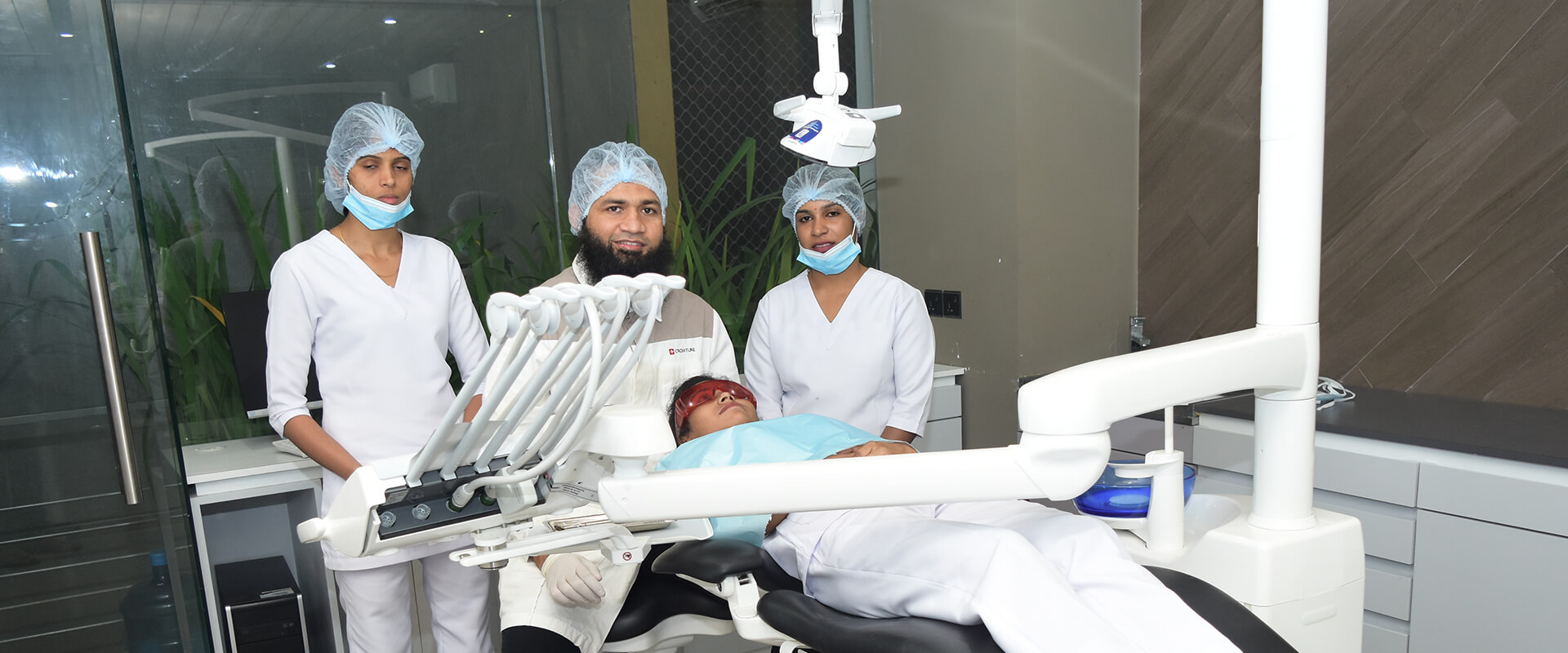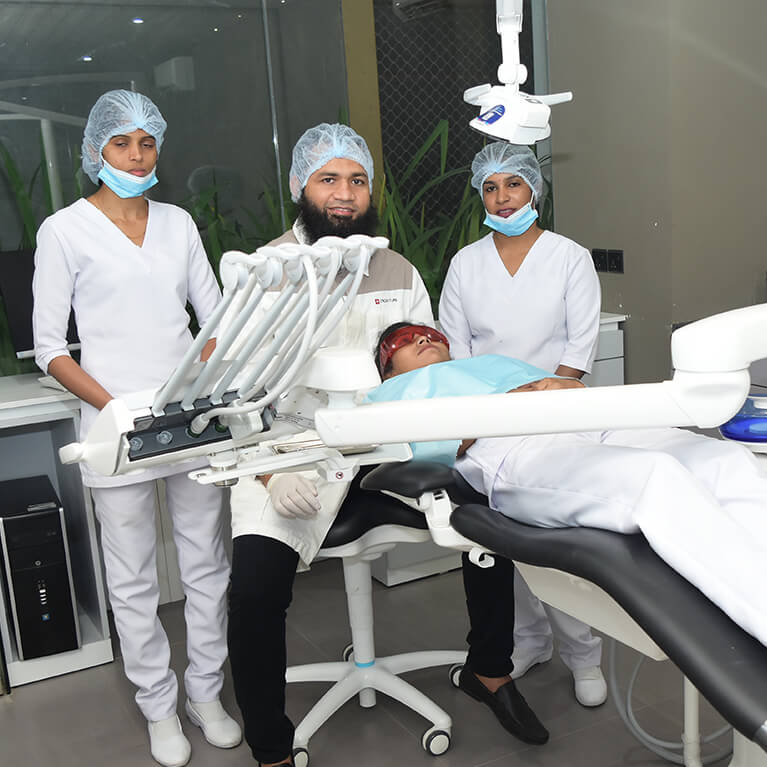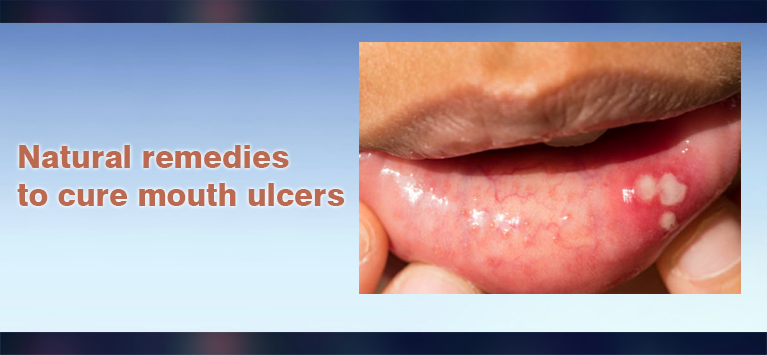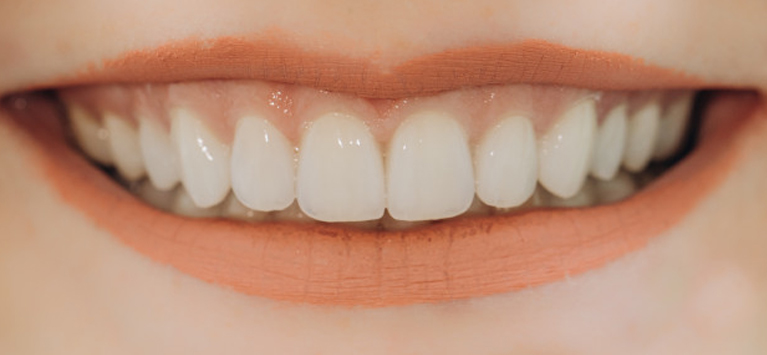Mouth ulcers may look tiny in their appearance, but the pain and discomfort they cause is huge. They make it difficult for the person to drink, eat, or even speak. Within one to two weeks they will heal themselves, however following these natural home remedies will relieve the pain and boost up the healing process.
Saltwater rinse
Rinsing your mouth with salt water is one of the best treatments for mouth ulcers. Simply take a glass of water and add a tablespoon of salt in it. Swish it around your mouth for a few seconds and spit the water out. The antiseptic and anti-inflammatory property of saltwater quickly heals the canker sores.
Honey
This magical ingredient has a lot of health benefits and available easily too. They are great in healing the wound, which helps the ulcer also to heal quickly. Not only this, but it will also reduce the pain and decrease the reddening of the ulcer.
Turmeric paste
You would have already known about the healing properties of turmeric as it contains a compound called Curcumin. Take some turmeric and mix it with water. Make it like a thick paste and apply on the affected area. Rinse your mouth after ten to fifteen minutes with normal water. This will rapidly heals the wound and relieve the pain.
Licorice solution
Licorice is an excellent herb with some incredible benefits. When used regularly, it has a tendency to heal mouth ulcers. Licorice mouthwash can be used for treating canker sores. To see a better result you should use it at least 4 times a day.
Baking soda
Baking soda is widely used in dentistry for teeth whitening process. They are also a very good agent in healing mouth ulcers. Mix baking soda with water and make it like a paste. Apply it on the affected area and wait until it dries. Rinse your mouth with normal water. It neutralizes the ulcer acids and boosts the healing process.
Apple cider vinegar
Mix apple cider vinegar in the water and swish it around your mouth. The acid present in apple cider vinegar kills the bacteria and heals the wound effectively.
Chamomile Mouthwash
Chamomile is one of the famous herbs used to heal mouth ulcers. Prepare a strong tea using Chamomile and cool it. Swish the tea around your mouth about 3 to 4 times a day. The flavonoids present in the tea soothe the skin and heal the mouth ulcer quickly.
Orange juice
Vitamin C deficiency is one of the major reasons for mouth ulcers. Drink orange juice daily until the wound heals because it contains a rich amount of vitamin C which effectively heals the wound quickly.
Garlic
Garlic contains a component called allicin, which is antimicrobial in nature. Simply take a garlic clove and rub it on the wounded area. Rinse your mouth after thirty minutes with normal water. Repeating this two or three times a day treats infection effectively.
Try the above methods and wait for the result. If you still have a problem consult a dentist immediately and get the best solution.


















